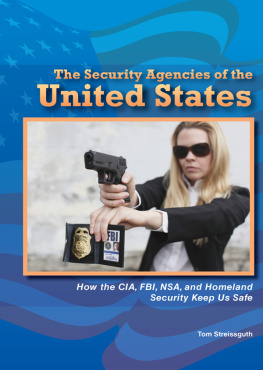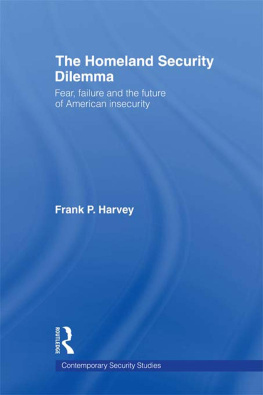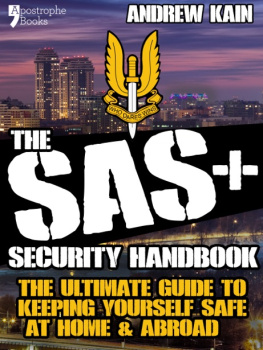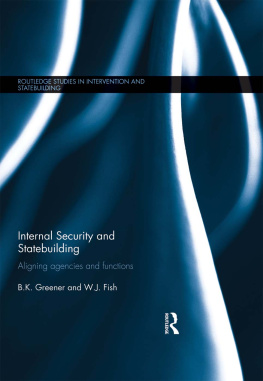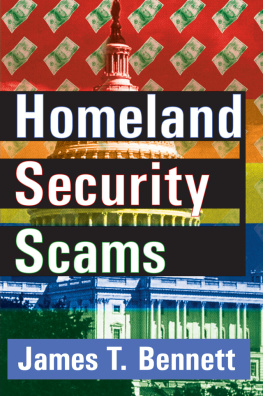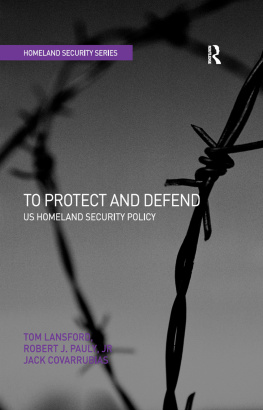Keeping America safe and secure
America's security agencies have been around for decades. The events following the attacks of 9/11 led to the creation of a new security agency: The Department of Homeland Security in 2002. This book takes on a thorough examination of each agency and departmenttheir creation, history, structure, inner workings and importance as they work hard to protect Americans home and abroad.
About the Author
Tom Streissguth has written more then fifty books of history and biography for young readers. His books for Enslow Publishers, Inc., include J. Edgar Hoover: Powerful FBI Director and The Death Penalty: Debating Capital Punishment.

Image Credit: Shutterstock
The morning of September 11, 2001, brought terror from the skies to the eastern United States. Terrorists hijacked four passenger jets. Three of the planes struck buildings in New York City and Arlington, Virginia, just outside of Washington, D.C. Another plane crashed in a field in Pennsylvania before reaching its target.
In New York, fire and police units rushed to the scene. No one was sure what was happening. The citys mayor had no information from the military. Television reporters speculated on the identity of the terrorists.
At the time, President George W. Bush was visiting Sarasota, Florida, far from nations capital in Washington, D.C.
From Florida, the president flew to an underground bunker in Nebraska. Like the rest of the country, he was struggling to understand the situation. He did not know whether more attacks were coming, and was not sure how the country should respond.
Immediately after the attack, the Federal Aviation Administration (FAA) grounded all planes, except for those used by the military. FAA air-traffic controllers worked with the military to patrol the skies. The military increased security all over the country. Armed guards stood watch at airports, border crossings, and harbors. United States military bases all over the world were put on alert.
The response was slow and uncoordinated. Although some members of the government had received general warnings, the timing and locations of the attack had been a complete surprise. Some information about a plot to hijack planes had arrived from federal agencies such as the Central Intelligence Agency (CIA). But the CIA and the Federal Bureau of Investigation (FBI) learn of such plots all the time. There seemed to not be enough details to warn the agencies about this one. Nobody took much time to investigate it, or to prepare for it.
On September 20, 2001, nine days after the attacks, President Bush signed an executive order. An executive order is a rule that a president issues that has the force of a law. The order created the Office of Homeland Security (OHS). Bush nominated Tom Ridge, a former governor of Pennsylvania, as the first director of the OHS, which the Senate approved.
The mission of the OHS was to coordinate intelligence and information. The office would try to prevent future terrorist attacks against the United States. It would prepare the states for a terrorist attack if one was about to occur. After the attack, the office would help local police and fire and rescue departments respond and aid victims.
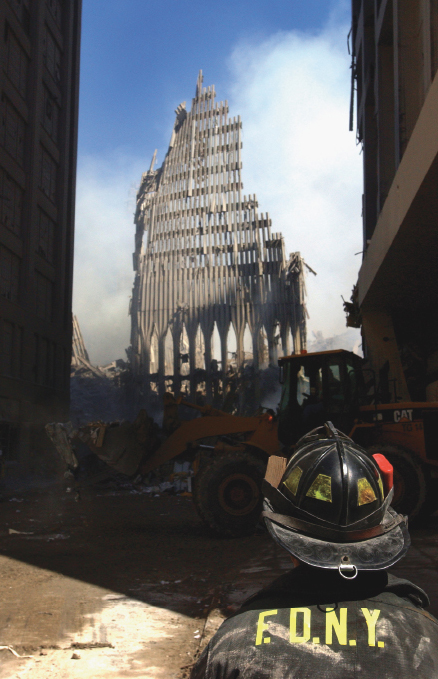
A New York City fire fighter looks up at what remains of the World Trade Center after its collapse during the September 11th terrorist attack. After the 9/11 attacks, then President George W. Bush responded by creating what would become the Department of the Homeland Security.
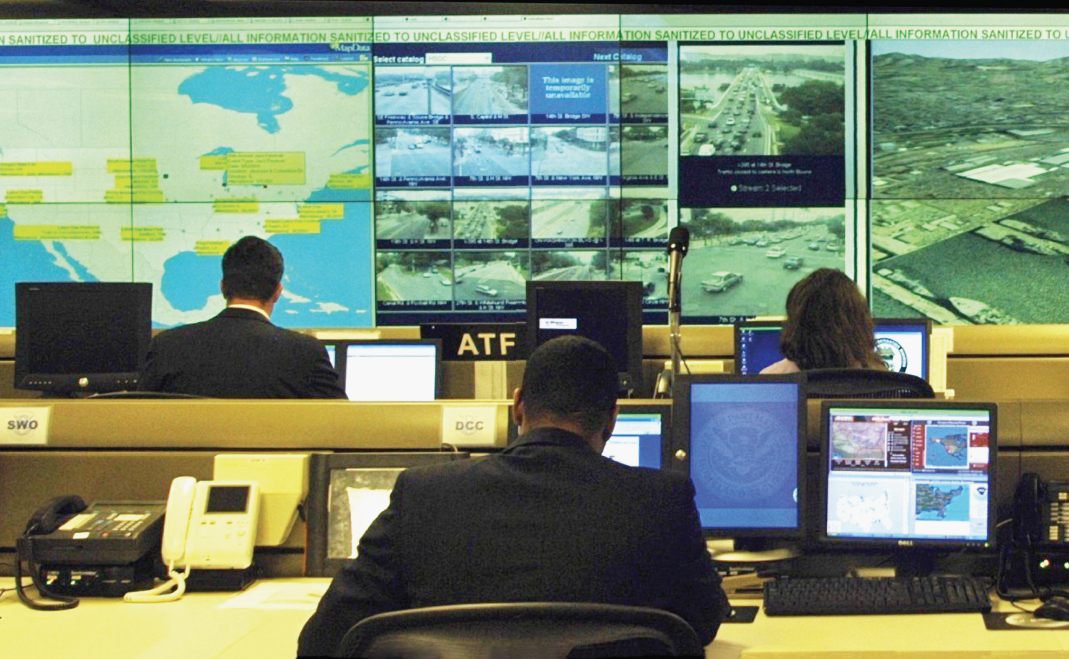
The National Operations Center (NOC) operates all day, every day. It is an integral part of the Department of Homeland Security, bringing together information from federal, state, local, and private sector agencies to help identify, discourage, and stop terrorist acts and to manage domestic incidents.
The agency needed a way to warn people of an expected attack. If it found a terrorist attack in the works, this warning would allow the country to prepare. Fire and police units would go on alert. Everyone would watch for suspicious activity.
In March 2002, the Homeland Security Advisory System started. A presidential directive established this new risk advisory scale. Five colors represented five different states of alert:
GREEN Low risk of terrorism
BLUE Guarded (general risk with no credible threats)
YELLOW Significant risk of terrorist attacks
ORANGE High risk of a local terrorist attacks
RED Severe (A terrorist attack has occurred or is about to.)
In November, Congress passed the Homeland Security Act of 2002. This created the Department of Homeland Security (DHS), and made the di-rector of the DHS a member of the presidents Cabinet. In January 2003, the Department of Homeland Security began operating the Homeland Security Advisory System. Since the system began, there have been no Red alerts. However, the system flashed Orange when terrorist attacks occurred in foreign countries. Most of the time, as in the summer of 2006, the system showed Yellow, with an elevated risk of attacks but none about to occur.
At federal buildings, many security workers took their cue from the warning system. When the warning level reached Orange, for example, they would search all cars that enter the property. The system was, as scheduled, phased out April 27, 2011, and replaced with a new system called the National Terrorism Advisory System. The phase-out was announced on January 27, 2011, by Secretary of Homeland Security Janet Napolitano.
According to Napolitano, the new National Terrorism Advisory System will provide the public and all law enforcement agencies with detailed information about specific or credible terrorist threats. Instead of the old color-coded warnings, the new NTAS alerts will clearly state that there is either an imminent threat or elevated threat. In addition, noted Napolitano, the new NTAS alerts will include a concise summary of the terrorist threat along with the specific steps public safety officials and the public should take in reaction to the threat.
There was strong debate in the government about what the job of the new agency should be. Some argued that the FBI and the CIA should become part of it. If the work of these large and powerful agencies could be combined, this would help coordinate the preparation for a terrorist attack.
But leaders of the FBI and CIA disagreed. They wanted to keep their work independent. The CIA, in particular, runs many secret operations. It does not want to share its information or methods with any other federal agency.
Congress also debated the rights of the new agencys employees. Federal employees generally enjoy many job protections. They cannot be fired without a good reason. If they are fired, they can appeal the decision. Tom Ridge saw this as an important way of doing things. If his agency lacked such job protection, he believed that it might not attract good workers. Also, citizens who apply to work for the DHS and other security agencies in the federal government go through a rigorous application process. The agency does extensive testing and background checks on each applicant. This decreases the chances that a dishonest or traitorous person would get hired.

